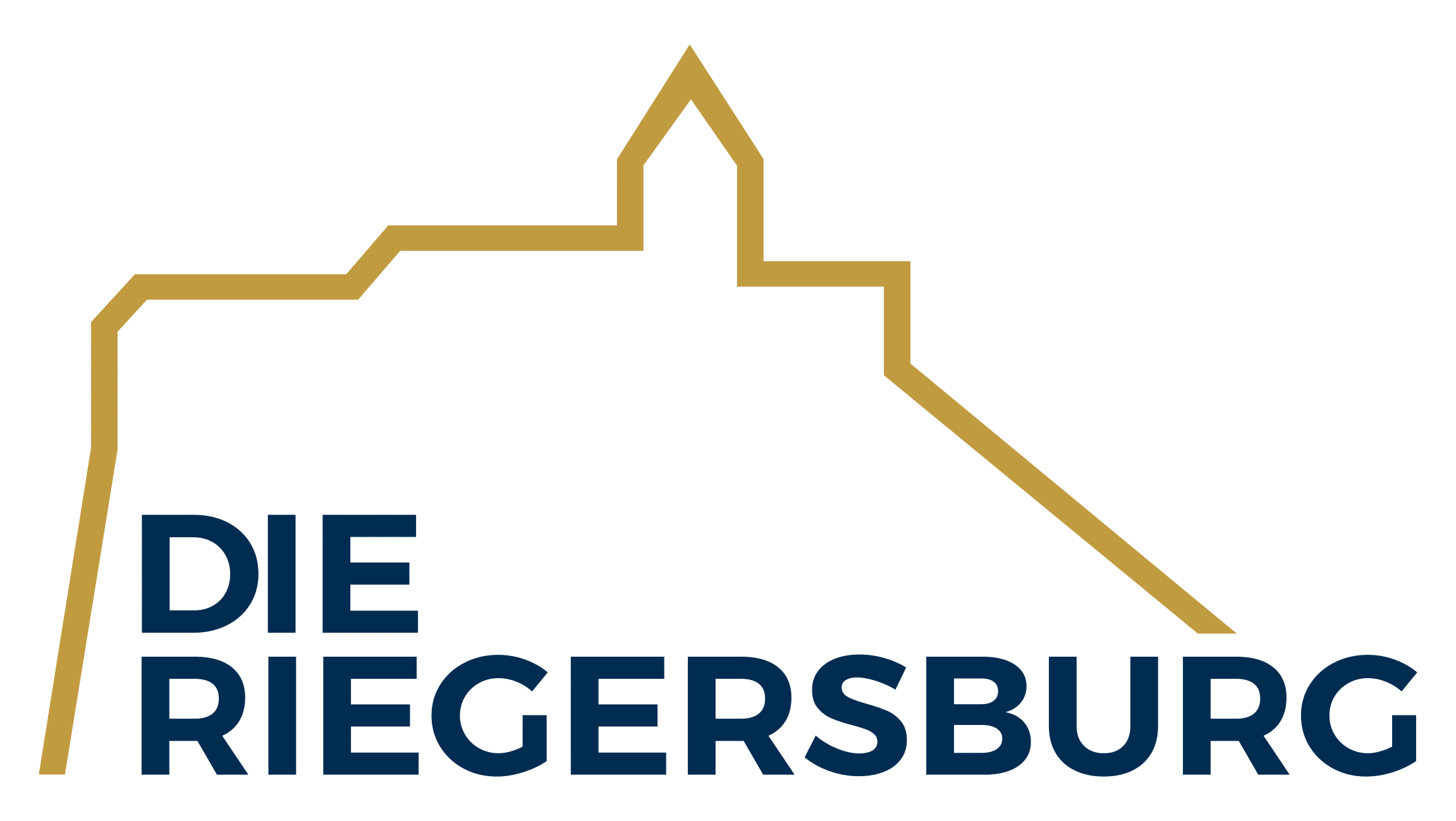Family Of Liechtenstein
For 200 years, which is Family Of Liechtenstein the Riegersburg is connected. As long as no family in front of it.
On the occasion of this special anniversary there is a special exhibition in the armory of the Riegersburg (between 1st and 2nd bridge). The connection of the history of the Riegersburg with personalities from the family was artistically interpreted by an artist from our region - Andreas Stern. The exhibition was accompanied scientifically and historically by Dr. Gerhard Fischer, who has already done a lot of research on the family in Western Styria in recent years.


FROM PURGSTALL TO LIECHENTSTEIN
At the end of the 18th century, the family of the Counts of Purgstall owned the dominions of Hainfeld and Radkersburg, as well as the dominion of Riegersburg. With the death of Wenzel Raphael in 1817, the male line of the Counts of Purgstall became extinct. In 1822, Prince Johann I von und zu Liechtenstein purchased Riegersburg and the associated properties from a community of heirs.
PRINCE JOHANN I. VON UND ZU LIECHTENSTEIN
Diplomat in the service of the emperor
In the Habsburg monarchy, Johann I was an important personality. For example, he had co-founded the Austrian National Bank and as a field marshal of the imperial army he repeatedly played an important role. He was involved in the numerous peace negotiations with Napoleon and signed the peace treaty of Pressburg with a power of attorney from the emperor.
Prince of a sovereign state
Under his regency, the Principality of Liechtenstein was a founding member of the Confederation of the Rhine, which was established in 1806. This gave the Principality sovereignty under state law. This was confirmed by its admission to the German Confederation in 1815.
Head of the family
As the head of one of the oldest and most important noble families of the time, he also had to make important strategic decisions. In a time of the greatest economic upheaval, he tried to act with foresight and to break new ground with reforms, innovations and investments, both as prince, lord of the manor and head of the family.
Together with his wife Josepha Sophie née Countess zu Fürstenberg-Weitra, Johann I had 13 children: 6 daughters and 7 sons. In fact, all family members living today are direct descendants of Johann I and Josepha.
Johann I set himself the goal of providing for his descendants in the long term. The entail had already proved its worth in the family for centuries. Similar to a foundation, the assets remained undivided in the hands of one family member. The background to this was in particular the avoidance of the fragmentation of property. Primogeniture was established as the inheritance order. This means that the first-born succeeds or inherits in the first-born line of descent. There were already two Liechtenstein entailments, three more were granted by the emperor

The acquisitions in Styria and the foundation of entailed estates
In Styria alone, Johann I acquired eleven dominions within a few years: Weyer bei Judenburg, Schwanberg, Limberg, Landsberg, Frauenthal, Fellhofen, Harrachegg, Kirchberg, Hollenegg, Riegersburg and Kornberg. A large part of these Styrian possessions went to his second eldest son Prince Franz de Paula as a fideicommiss, i.e. as an indivisible "hereditary bundle", already briefly discussed. Hollenegg Castle was chosen as headquarters and expanded.
His eldest son and, later, Prince Alois Josef II received the so-called majorat assets. The main property that was located next to the Principality, especially in Moravia, Bohemia and Silesia. To his son, Prince Karl Johann of fideikom happened to miss headquartered Neulengbach, lower Austria. The son of Prince Eduard Franz got in the end of the fideicommissum, with the headquarters castle Rossegg in Carinthia, Austria, after the marriage of his older brother, Prince Frederick, remained childless. Two sons of John I remained unmarried. He thus provided for his descendants and both the Neulengbacher line and the Rossegger line of the Lichtenstein family still exist today.

THE RIEGERSBURG TODAY
The so-called Hollenegger line of the Liechtenstein family still lives in Styria. Of the castles acquired at that time, only Schloss Hollenegg, Schloss Frauenthal and Riegersburg are still owned by the family. In the turmoil of World War II, Prince Alfred felt compelled to dissolve the legal construct of the entail for fear of expropriation.
Thus he gave the Riegersburg to his then underage second-born son Prince Friedrich.With Prince Emanuel, the Riegersburg has been in the possession of the family for the 7th generation since Prince Johann I.

Special exhibition
On the occasion of this anniversary there is a special exhibition at the castle. The linking of the history of the Riegersburg with personalities from the family was artistically interpreted by an artist from our region - Andreas Stern. The exhibition was accompanied scientifically and historically by Dr. Gerhard Fischer, who has already done a lot of research on the family in Western Styria in recent years.



